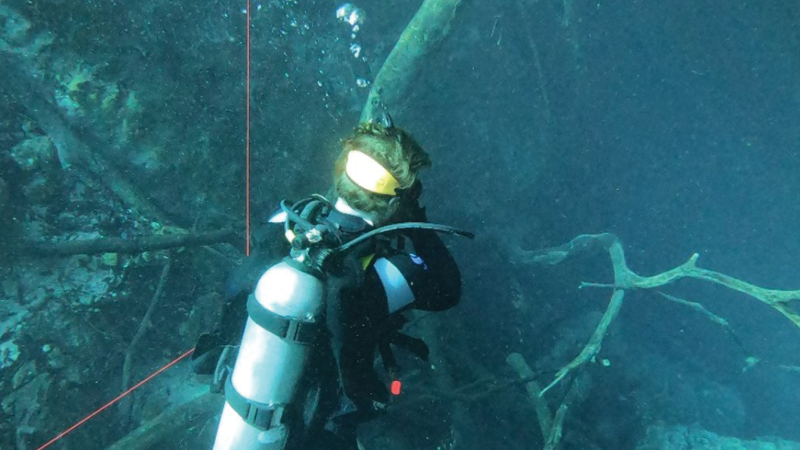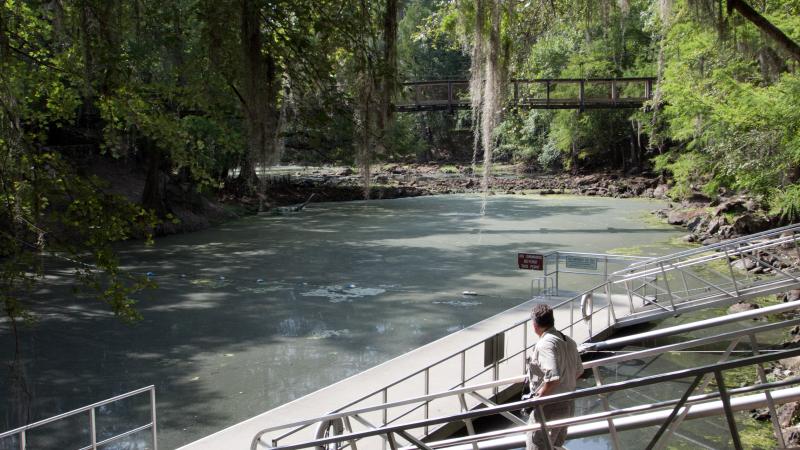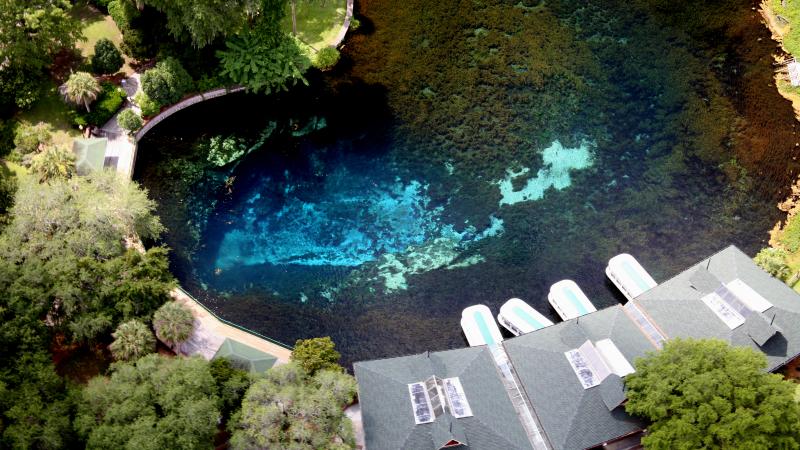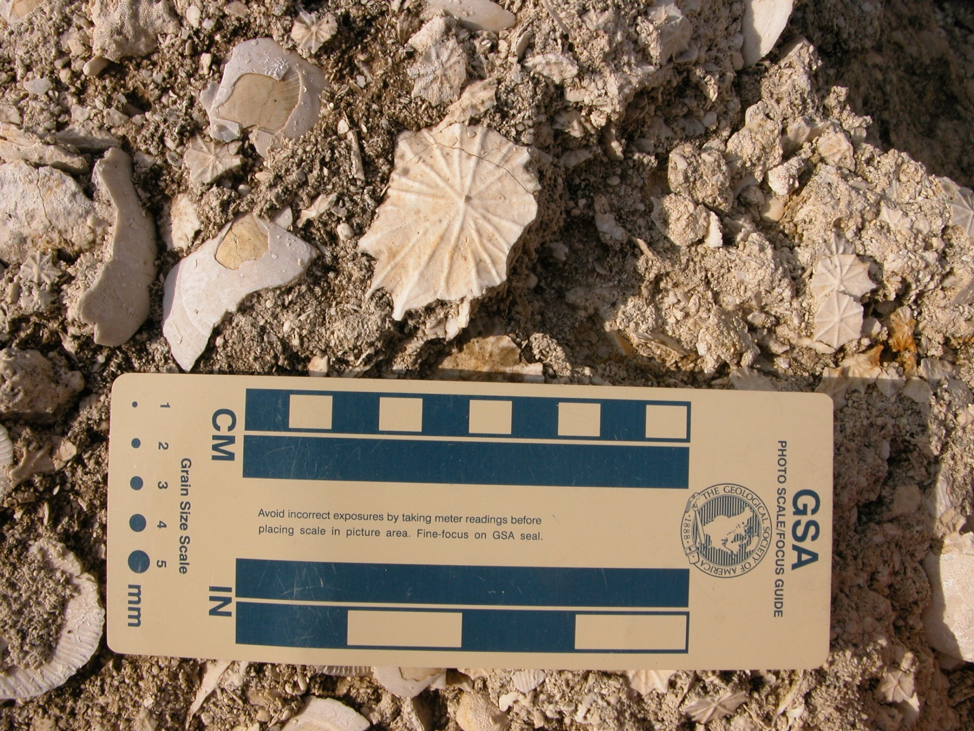
Geology of Florida Caverns
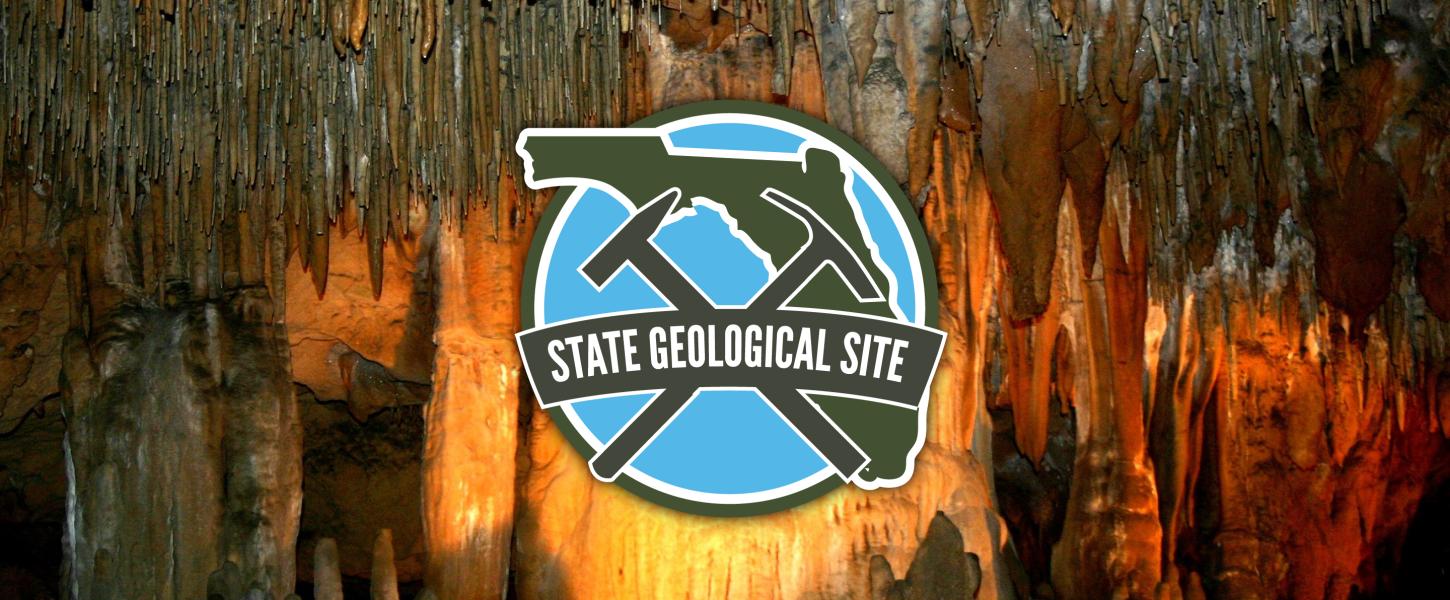
The Geology
Florida Caverns State Park provides the opportunity to explore some of Florida’s amazing geological features.
Florida Caverns State Park provides the opportunity to explore some of Florida’s amazing geological features.
The park is located along the Chipola River in Jackson County where limestone formations that are more than 30 million years old are exposed. It is the only state park in Florida where visitors can take a guided tour through a large cave system and see spectacular examples of cave formations including stalactites, stalagmites, columns and flowstone.
These formations, called speleothems, formed over many thousands of years by the same process that created the cave passages for which Florida Caverns State Park is famous.
In addition to the numerous caves that are located within the park, other geologic features of interest include sinkholes, limestone bluffs and springs. These features were created over geologic time through a process called dissolution.
Dissolution occurs when limestone is exposed to acidic water and is slowly dissolved away. Rainwater becomes slightly acidic as it falls through our atmosphere and comes into contact with the gas carbon dioxide (CO2). Limestone, which is composed of the mineral calcite, dissolves as the acidic water percolates down into the ground. Over many thousands to millions of years, this dissolution process can erode large void spaces and passages in the limestone.
Sometimes the ceiling of these void spaces can collapse, forming sinkholes, and sometimes groundwater can flow onto the surface of the land through these void spaces forming a spring. Collectively, these geologic features created by dissolution are called karst features.
The limestone formations through which the cave passages and other karst features are developed in were deposited in shallow, warm seas that existed more than 30 million years ago.

The shells and hard parts of countless marine organisms accumulated on the ancient sea floor and over time became cemented together to form limestone.
As you walk through the cave you will see some of the fossil remains of the creatures that once lived in these ancient seas. Sea biscuits, sand dollars, clams and small, disk-shaped creatures called foraminifera are exposed in the walls of the caves as well as the teeth of giant sharks! The fossils within the limestone help geologists tell how old these formations are and help us understand how Florida’s environment has changed over millions of years.
As you explore the karst features within the park it is important to understand how long it has taken for these unique features to form and how fragile some of the cave formations are.
By observing the rules, and not touching or disturbing any of the delicate cave formations or fossils exposed in the park, you will help preserve these unique geologic wonders for others to enjoy.
